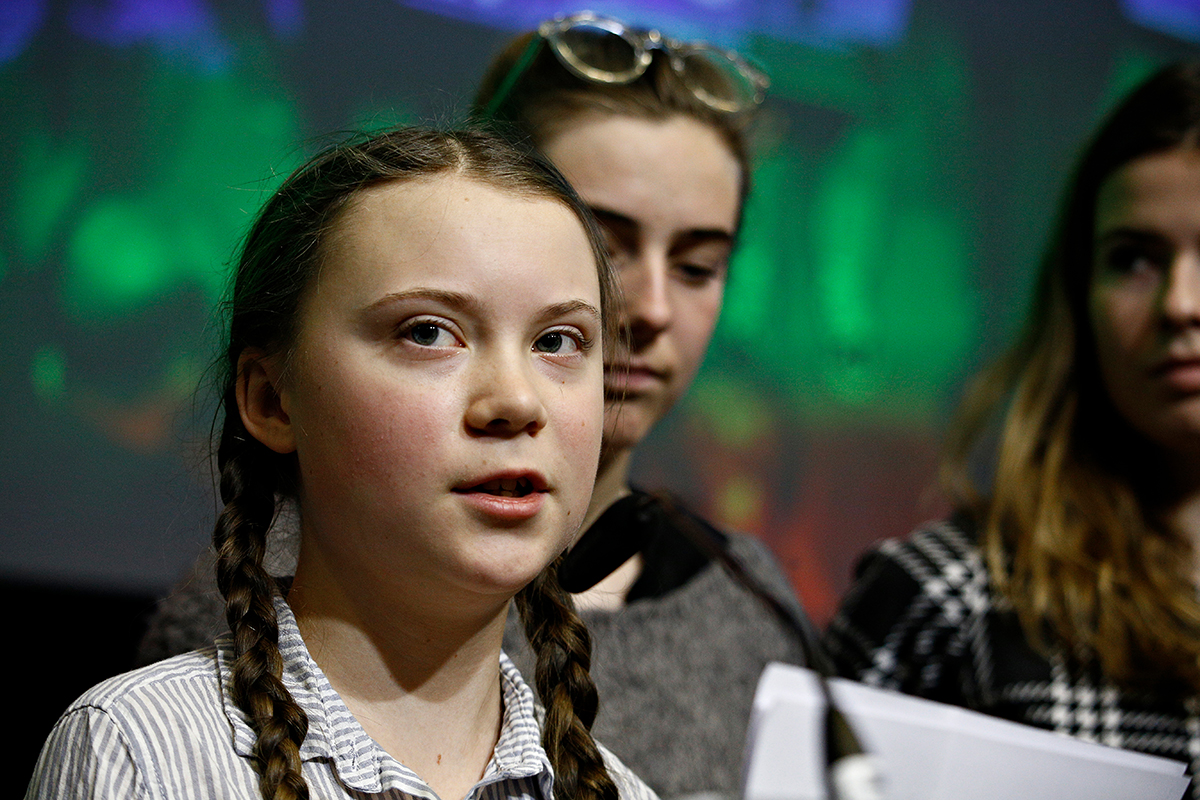Activism
Teenage Climate-Change Protestors Have No Idea What They’re Protesting
Our decisions tend to be rooted not in scientific analysis but in emotional reaction; and we tend to see protest not as a tool for social or legislative change, but simply as a chance to upset the status quo.

The Extinction Rebellion, which is the umbrella term for Britain’s most recent large-scale climate-change protests, is said to have disrupted the travel of over 500,000 people, as well as cost London businesses £12-million per day. Before that, the Youth for Climate strikes, ignited by Swedish teenager Greta Thurnberg and tacitly supported by the U.K. Government, pulled north of 1.4-million students into the streets on a school day. Given the magnitude of these protests, one might hope that the protestors understood what they were protesting. Regrettably, this isn’t the case. Global-warming research is a hugely complex field, and it’s unlikely that any ordinary person—let alone a minor—would have any real grasp of it. Nor would they be able to appreciate the uncertainty that characterizes our understanding of how today’s human activity will affect the future state of the earth’s climate.
As a teenager, I fully understand the mindset of young people. We’re predisposed to leap before we look. This is borne out by neuroscience. Our prefrontal cortices, which regulate (among other things) decision-making, planning, self-awareness and inhibition, do not fully develop until we are in our mid-20s. Until then, we have difficulty analyzing the long-term consequences of our actions. The upshot is that many young people tend toward reckless behaviour. Our decisions tend to be rooted not in scientific analysis but in emotional reaction; and we tend to see protest not as a tool for social or legislative change, but simply as a chance to upset the status quo. This is especially true of the Youth for Climate movement, which first took inspiration from Thunberg, a student who is now 16 years old. The low level of sophistication on display at such gatherings is such that many participants seemingly would be fine with laws than banned flying, driving, gas boilers or even cows.

Indeed, such protests often are presented to young people as social events. If there is a guarantee that you, as a young person, will be stuffed into a public place for a good few hours with a group of your peers, and given social licence to vent at great volume, why not just go and cause some trouble? The spectacle of state-sponsored educational bodies encouraging children to attend climate protests compounds the problem further, as it essentially shifts the cost of the missed lessons onto the taxpayer.
If schools truly did want to encourage their students to engage productively with the climate-change issue, they should simply expose children to a full range of relevant literature. But this would not be nearly as exciting as street protest. Moreover, some of the ambiguities in the literature might even give students grounds for pause.
It cannot be denied that the world is heating up. And most scientists agree that human activity plays a large part. But ultimately, theories of anthropogenic climate change rest on the correlation between atmospheric greenhouse-gas concentrations and observed planetary warming (as well as other macro variables). And while many of the mechanisms are well-studied and understood, correlation is not causality. And so there remains a possibility that our vast efforts to control global warming may cause unintended—and undesired—consequences.
In any case, the vast majority of the literature requires that readers possess a background in environmental science, statistics, fluid mechanics and thermodynamics. Some forms of lay literature do present the available science in an accessible way. But their presentation of the science is affected by partisan considerations. Left-leaning media outlets see an opportunity to exaggerate a threat to the safety of the human race, the solutions to which would serve to cripple capitalism through regulation and voluntary de-industrialization. On the other side of the coin, right-wing media outlets, seeing the issue from the opposite point of view, prioritize climate-change skeptics (or even deniers).
My own view is that it is quite possible that global warming is caused by humans; and, if so, we need to do something about it. But given the inconclusive state of contemporary climate science, we can’t be sure; and, until we absolutely do know the truth, we should hold off on drastic action. Encouraging mobs of young people to join the climate-protest movement only adds a spirit of social panic to an issue that already is extremely tangled.
Next time you see a clutch of young climate protestors out and about, whether they’re gluing themselves to subways, punting pink boats into the middle of busy intersections, or screaming obscenities at the Prime Minister, ask yourself whether they really know the first thing about the future of the planet. The answer, in almost all cases, will be no.






